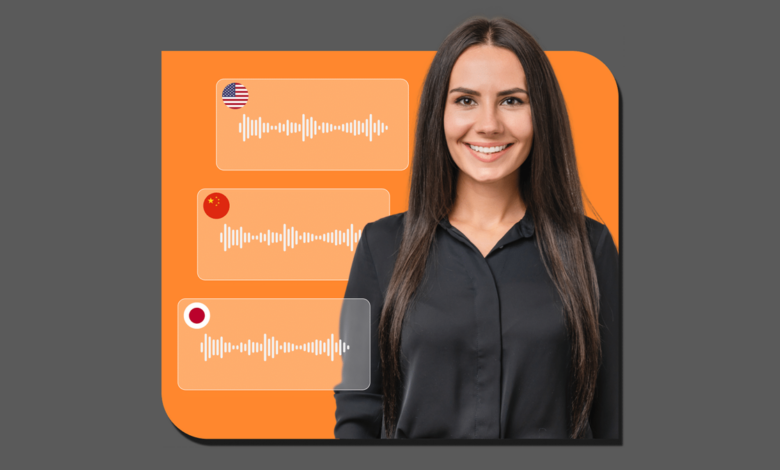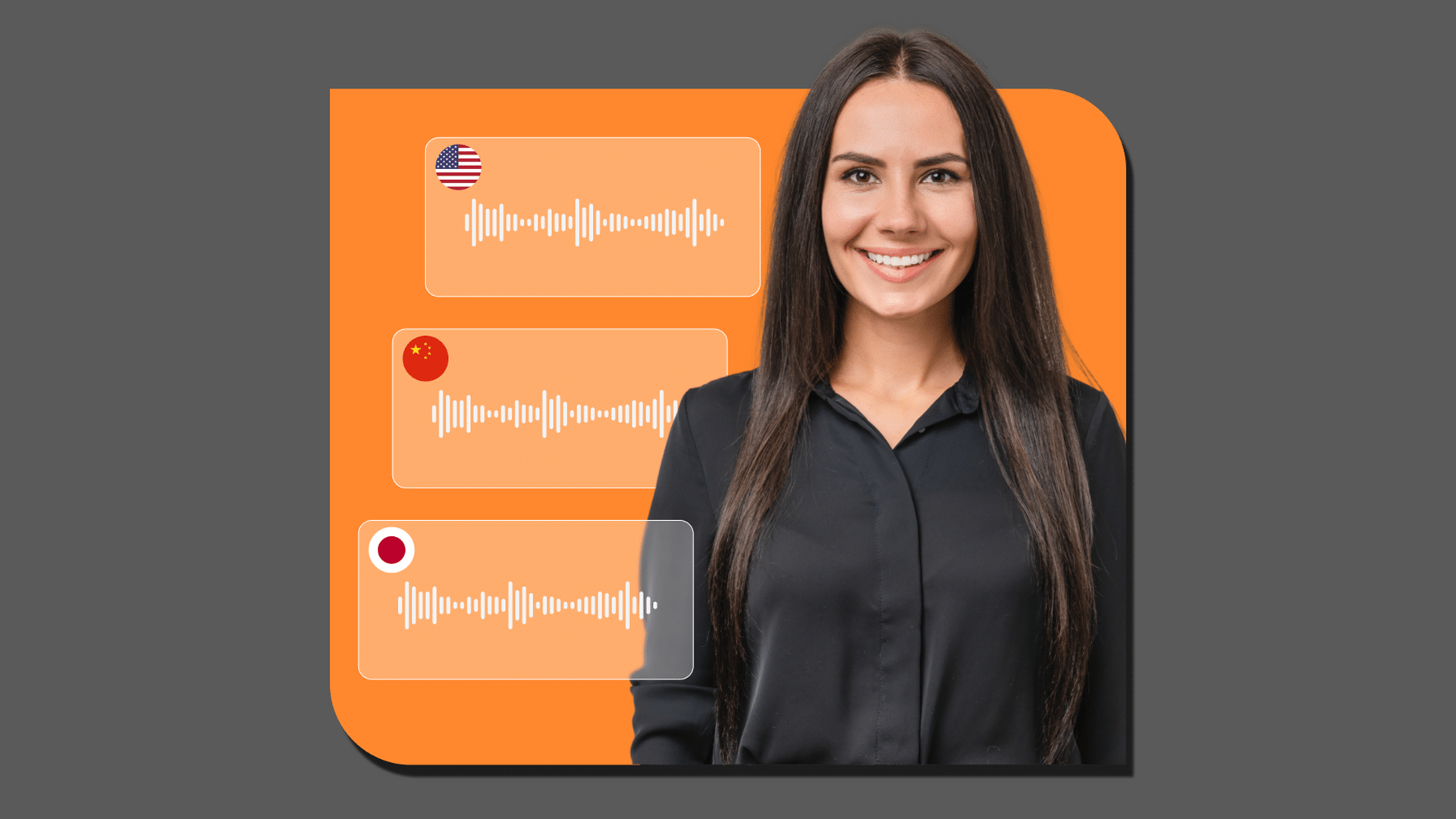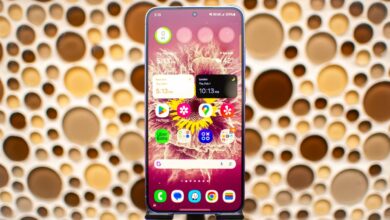Make your videos a global phenomenon with AI translation of your own voice


Want to share your video with the world but don’t speak dozens of languages? AI video maker D-ID can help you with that, thanks to its new translation feature. The new AI model translates videos into 30 different languages, but it doesn’t just duplicate you with a generic voice. D-ID clones your voice and connects it to a translated script, so it sounds like you’re speaking a foreign language.
The AI takes it a step further and adjusts your lip movements so that the video looks like a real-time recording of you speaking a foreign language. There are many content creators and businesses who want to localize their videos, and this can save them a lot of time and money.
You may remember D-ID for its Deep Nostalgia gimmick, which animated old photos and made the people in them appear to be videotaped, especially when paired with recorded voices. Since then, the company has offered all sorts of video avatars for businesses and individuals who create videos. Its AI Video Translate tool is now available to D-ID subscribers at no extra cost and also aims to democratize video translation. The basic plan starts at $56 per year and offers limited credits, with more credits available at the enterprise level.
“As video content becomes more central to digital communications, the importance of engaging multilingual audiences has never been greater,” said Gil Perry, co-founder and CEO of D-ID. “D-ID Video Translate is a game-changer for anyone looking to create engaging and accessible video content for a global audience without incurring significant costs, and will redefine the way we communicate globally.”
Translate Time
D-ID isn’t alone in pursuing AI video translation, as AI video and voice cloning have become increasingly common. YouTube, for example, has developed a real-time translation service, as has Vimeo. There are several voice cloning tools that also make language translation an aspect of their services, such as Speechify and ElevenLabs. Combine that with AI video tools like HeyGen, and D-ID will have some work to do to stand out from the crowd. And D-ID has a few ways to do that. In particular, its lip syncing, which matches a speaker’s lip movements to the translated speech, has been a real boon to realism among creators.
If you want to try out D-ID’s translation tool, there is a free one-month trial of D-ID and other demonstrations. And, as far as I know, you don’t have to worry about it suddenly cloning your voice without your permission and talking to you, as some ChatGPT users have recently discovered.




